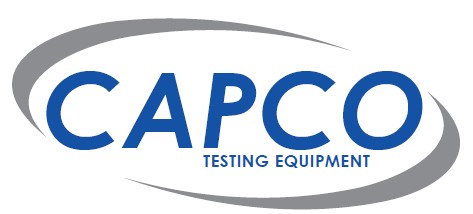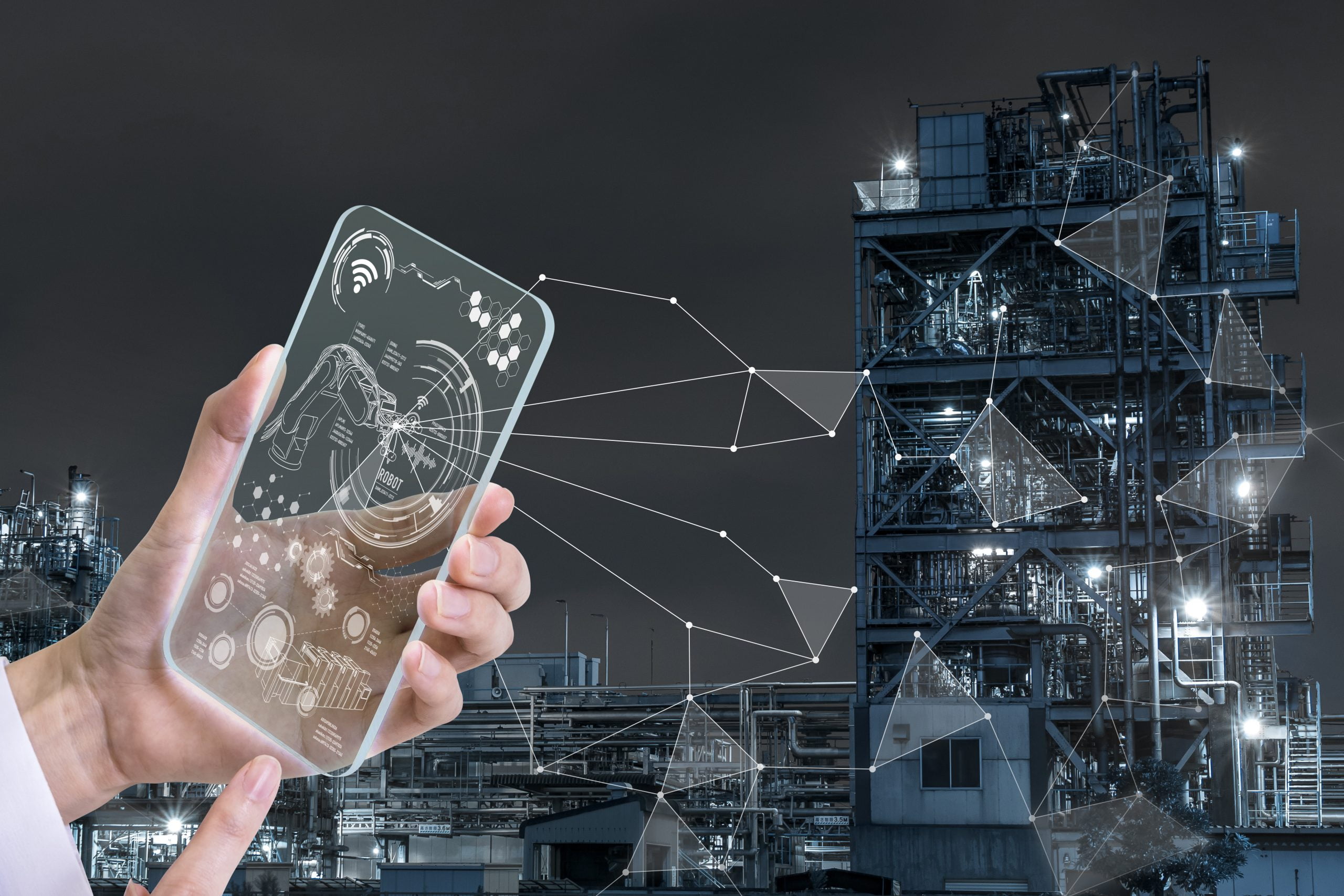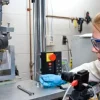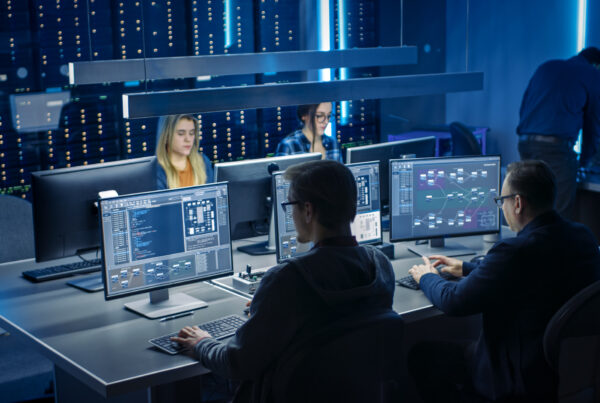The convergence of advanced analytics and sophisticated sensing technologies is revolutionizing testing equipment across industries. As we witness unprecedented data generation capabilities, testing instruments are evolving from simple measurement tools into comprehensive information ecosystems. This transformation fundamentally alters how organizations approach quality control, product development, and regulatory compliance. The strategic implementation of these emerging data trends determines competitive advantages in increasingly complex global markets.
Quantum Sensing Breakthroughs Enabling Molecular Detection
Quantum sensing technologies represent a paradigm shift in detection capabilities. These advanced systems exploit quantum mechanical properties like superposition and entanglement to achieve sensitivity levels previously considered impossible. Quantum magnetometers now detect magnetic fields with such precision that they can identify molecular structures through subtle magnetic signatures, enabling non-destructive testing methods that preserve sample integrity while providing deeper analytical insights.
This quantum-level precision transforms pharmaceutical quality control by identifying molecular contaminants at concentrations below one part per trillion. Agricultural testing benefits similarly, with quantum sensors detecting pesticide residues on crops without damaging sensitive produce. The integration of quantum sensing into mainstream testing equipment creates measurement capabilities that transcend traditional technological boundaries, opening entirely new domains for quality assurance applications.
Networked Intelligence Across sieves Measurement Networks
Multi-node measurement networks incorporating sieves analysis systems represent a significant advancement in particulate testing methodology. These distributed intelligence systems connect particle analysis stations across manufacturing facilities, creating synchronized measurement ecosystems that detect process drift before it manifests in final product quality. The real-time correlation between particle distribution data and process parameters enables predictive quality control that prevents defects rather than merely detecting them.
The integration of machine learning algorithms with sieves measurement data transforms simple particle size analysis into comprehensive process intelligence. By analyzing subtle patterns in particle distribution changes across production batches, these systems identify upstream process variations invisible to conventional monitoring approaches. This networked intelligence extends testing equipment capabilities beyond measurement into process optimization realms, fundamentally changing their organizational value proposition.
Haptic Feedback Integration for Intuitive Analysis
Emerging testing equipment increasingly incorporates advanced haptic feedback systems that translate complex data patterns into tactile sensations operators can literally feel. This sensory translation enables intuitive understanding of material properties and testing results through carefully calibrated vibrations and resistance patterns. Engineers can physically experience subtle variations in material elasticity, viscosity, or structural integrity that numerical displays struggle to communicate effectively.
This haptic integration proves particularly valuable for field testing scenarios where visual attention must remain focused on environmental safety factors rather than instrument displays. Construction materials inspectors can assess concrete curing quality while maintaining visual awareness of surrounding site activities. Medical technicians can evaluate tissue elasticity while maintaining eye contact with patients, creating more human-centered diagnostic experiences. This merger of quantitative measurement with qualitative sensory feedback creates testing instruments that complement rather than compete with human perceptual strengths.
Temporal Resolution Creating Fourth-Dimensional Testing
Nanosecond-scale temporal resolution in modern testing equipment creates effectively four-dimensional analysis capabilities that capture dynamic material behaviors invisible to conventional testing approaches. High-speed sensors detect transitional states during impact events, chemical reactions, or electrical discharges that reveal critical performance characteristics only present during momentary state changes. This temporal dimension transforms testing from static property measurement into dynamic performance characterization.
Materials science applications demonstrate this capability’s significance, with crystallization behavior during rapid cooling now visible through microsecond-resolution thermal imaging. Electronics testing benefits from picosecond-resolution electrical characterization that captures switching behaviors invisible to traditional testing equipment. This temporal resolution expansion effectively creates an entirely new dimension of analysis that reveals previously invisible performance characteristics crucial for advanced materials and components.
Autonomous Calibration Through Environmental Awareness
Testing equipment increasingly incorporates environmental sensing arrays that enable autonomous calibration adjustments in response to ambient conditions. Temperature, humidity, barometric pressure, and electromagnetic interference sensors continuously feed algorithmic calibration systems that maintain measurement accuracy despite environmental fluctuations. This autonomous adaptation eliminates measurement drift that previously required frequent manual recalibration, dramatically improving field testing reliability.
The practical impact emerges clearly in construction materials testing, where ambient temperature fluctuations no longer compromise compressive strength measurements. Food safety applications benefit similarly, with microbial detection systems automatically compensating for humidity variations that previously generated inconsistent results. This environmental adaptability transforms testing equipment reliability in non-laboratory settings, expanding precise measurement capabilities into previously challenging field conditions.

Cross-Spectral Analysis Revealing Hidden Properties
Multispectral and hyperspectral analysis capabilities increasingly merge with conventional testing equipment, creating instruments that simultaneously analyze samples across ultraviolet, visible, infrared, and even terahertz frequencies. These cross-spectral approaches reveal material properties and compositional characteristics invisible within any single frequency range, dramatically expanding testing comprehensiveness without requiring multiple specialized instruments.
Agricultural quality control demonstrates these benefits through single-scan systems that simultaneously assess moisture content, sugar concentrations, and cellular structure integrity in fresh produce. Pharmaceutical applications leverage similar capabilities to verify both chemical composition and crystalline structure in a single analytical pass. This spectral integration creates testing instruments that provide multidimensional characterization from single measurements, reducing testing time while increasing analytical depth.
Blockchain Verification Ensuring Testing Integrity
Testing equipment now increasingly integrates blockchain verification systems that create immutable records of measurement parameters, environmental conditions, calibration status, and results. This cryptographic accountability establishes unquestionable verification chains for critical testing scenarios where regulatory compliance or contractual specifications demand absolute transparency. The decentralized verification architecture prevents result manipulation regardless of where testing occurs within global supply chains.
Medical device verification demonstrates this approach’s value, with performance testing results cryptographically sealed against post-testing alterations that could compromise patient safety. Construction materials testing similarly benefits from blockchain verification that definitively documents concrete strength measurements for structural components where failure could jeopardize public safety. This integration of cryptographic verification transforms testing documentation from potential liability into definitive quality evidence.
Closing Remarks : Integration Rather Than Isolation Defines Progress
The future of testing equipment clearly lies not in isolated technological advancements but in thoughtful integration of complementary capabilities that create measurement ecosystems rather than merely improved instruments. Organizations gaining maximum advantage from these trends recognize that data generation capabilities must balance with interpretive tools that transform measurement volume into actionable intelligence. This balanced approach prevents the analytical paralysis that sometimes accompanies dramatic increases in testing data availability.
The most successful implementations maintain human judgment at the center of testing ecosystems rather than attempting complete automation. Testing equipment that augments human analytical capabilities rather than replacing them creates the most effective quality assurance processes, particularly for complex products where subjective characteristics like taste, appearance, or tactile appeal remain commercially crucial despite their resistance to pure quantification.
As these data trends continue reshaping testing capabilities, organizations that view testing equipment as strategic assets rather than mere tactical tools gain substantial competitive advantages. The future belongs not to those with marginally better individual instruments, but to those who create integrated testing ecosystems where complementary capabilities combine to reveal deeper product and process insights than any single technology could provide alone.







